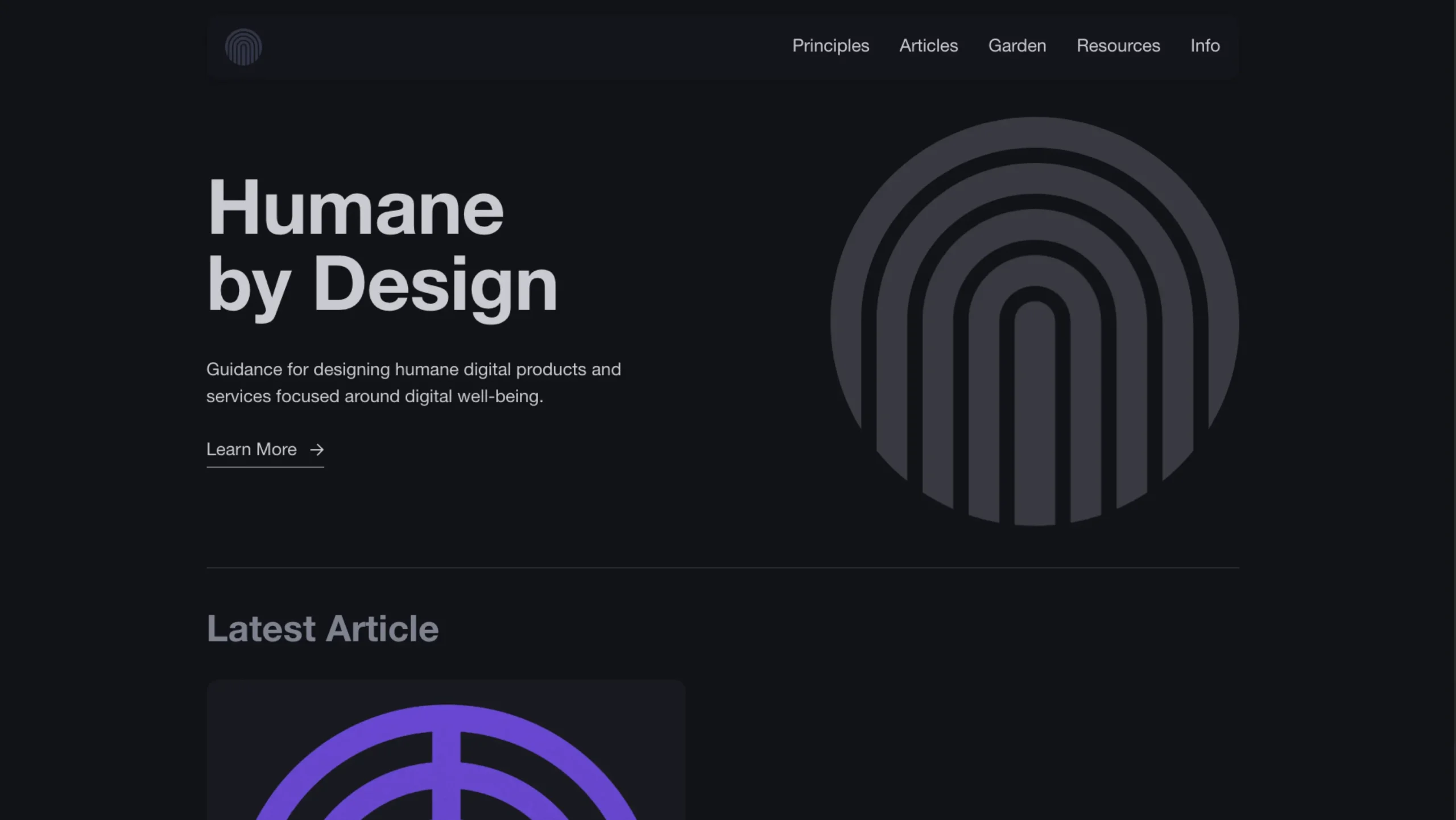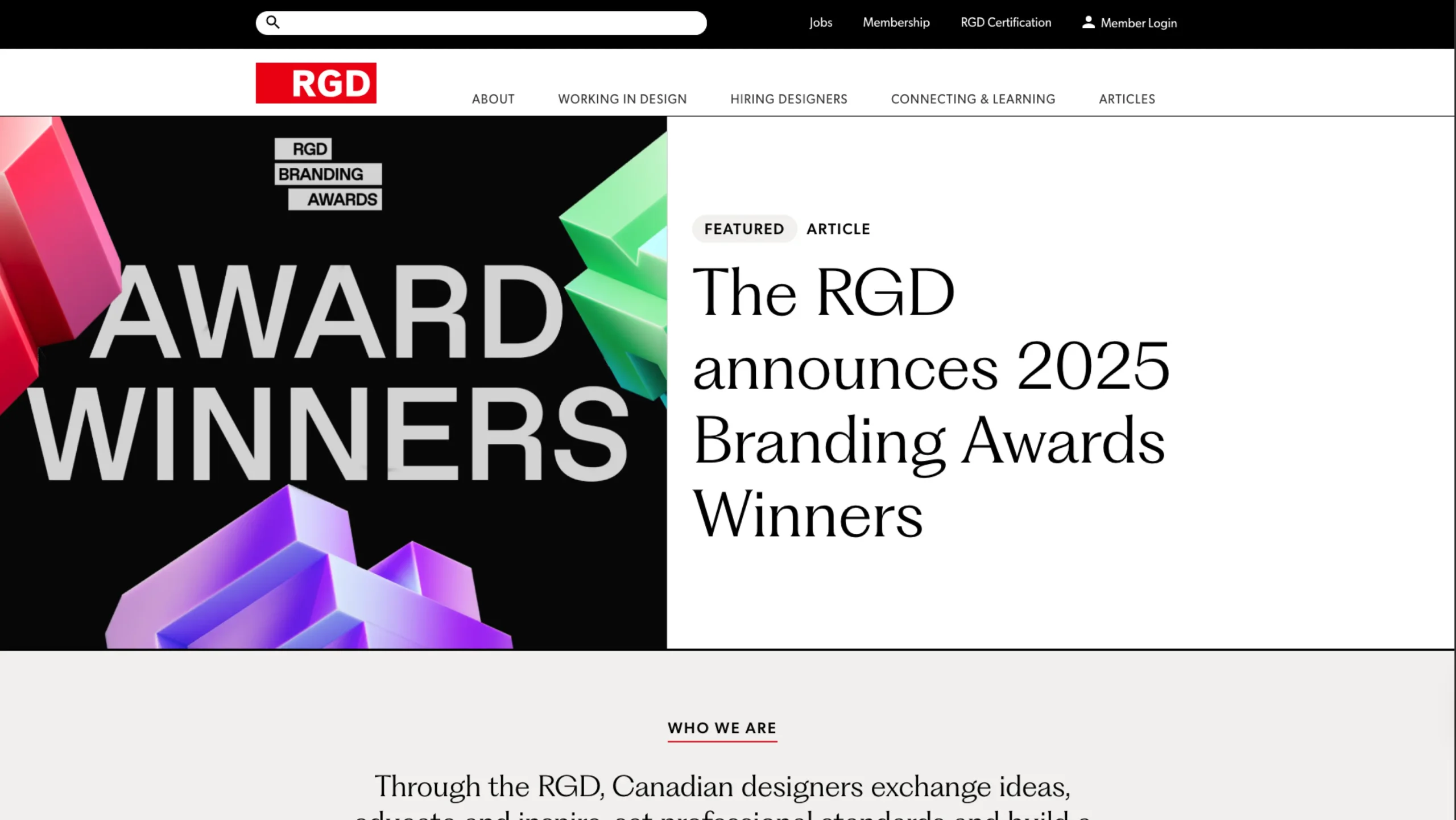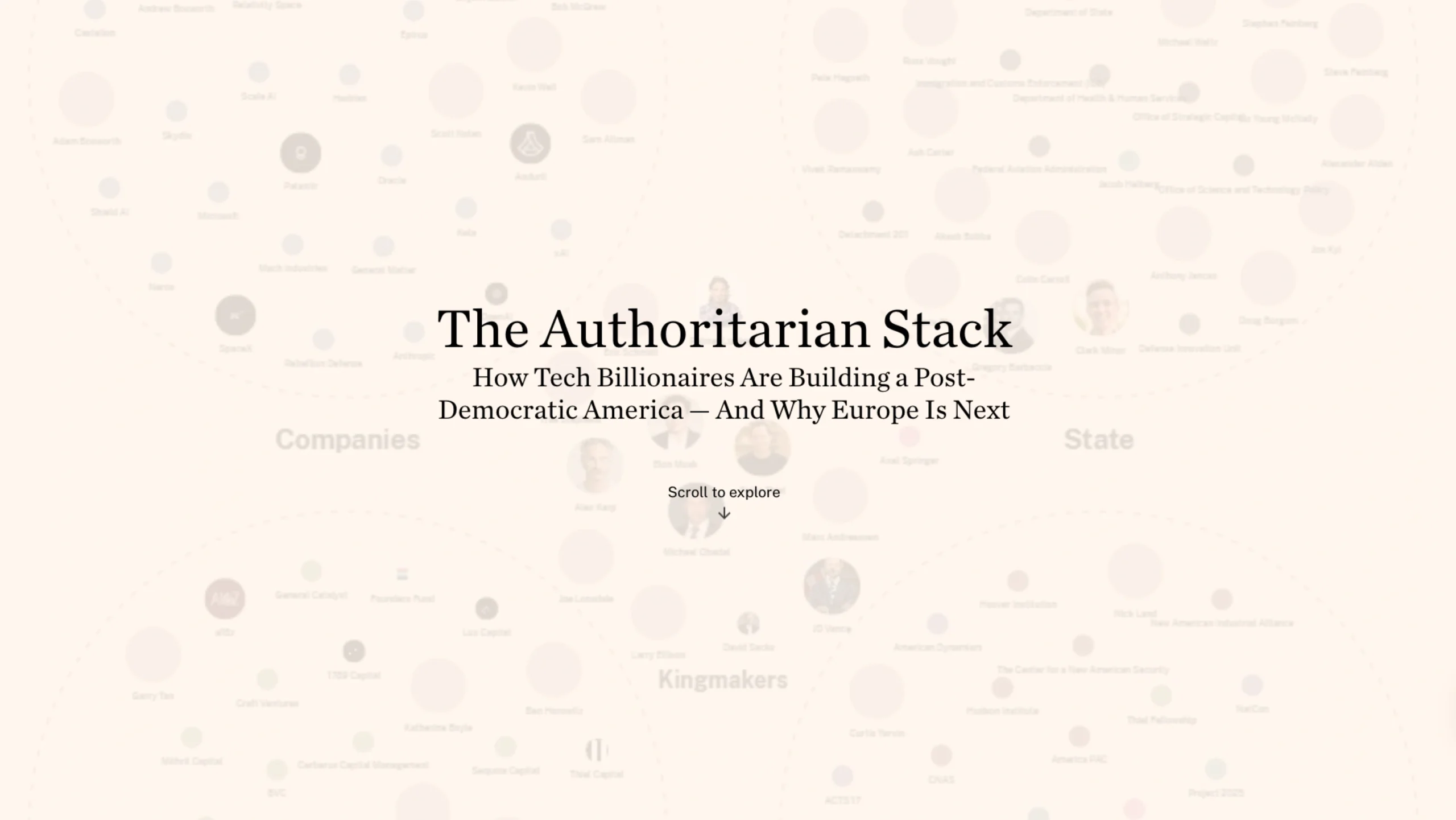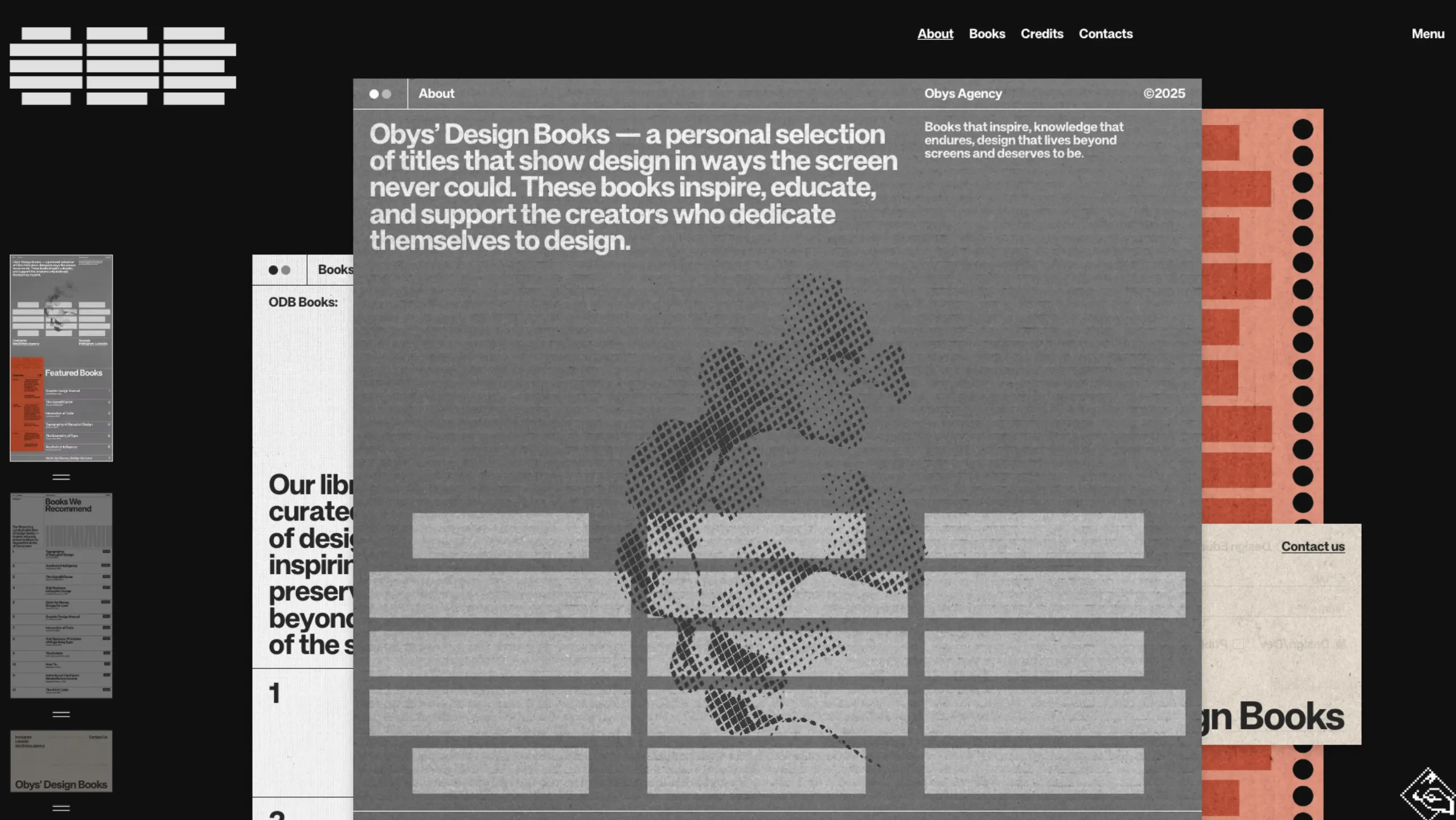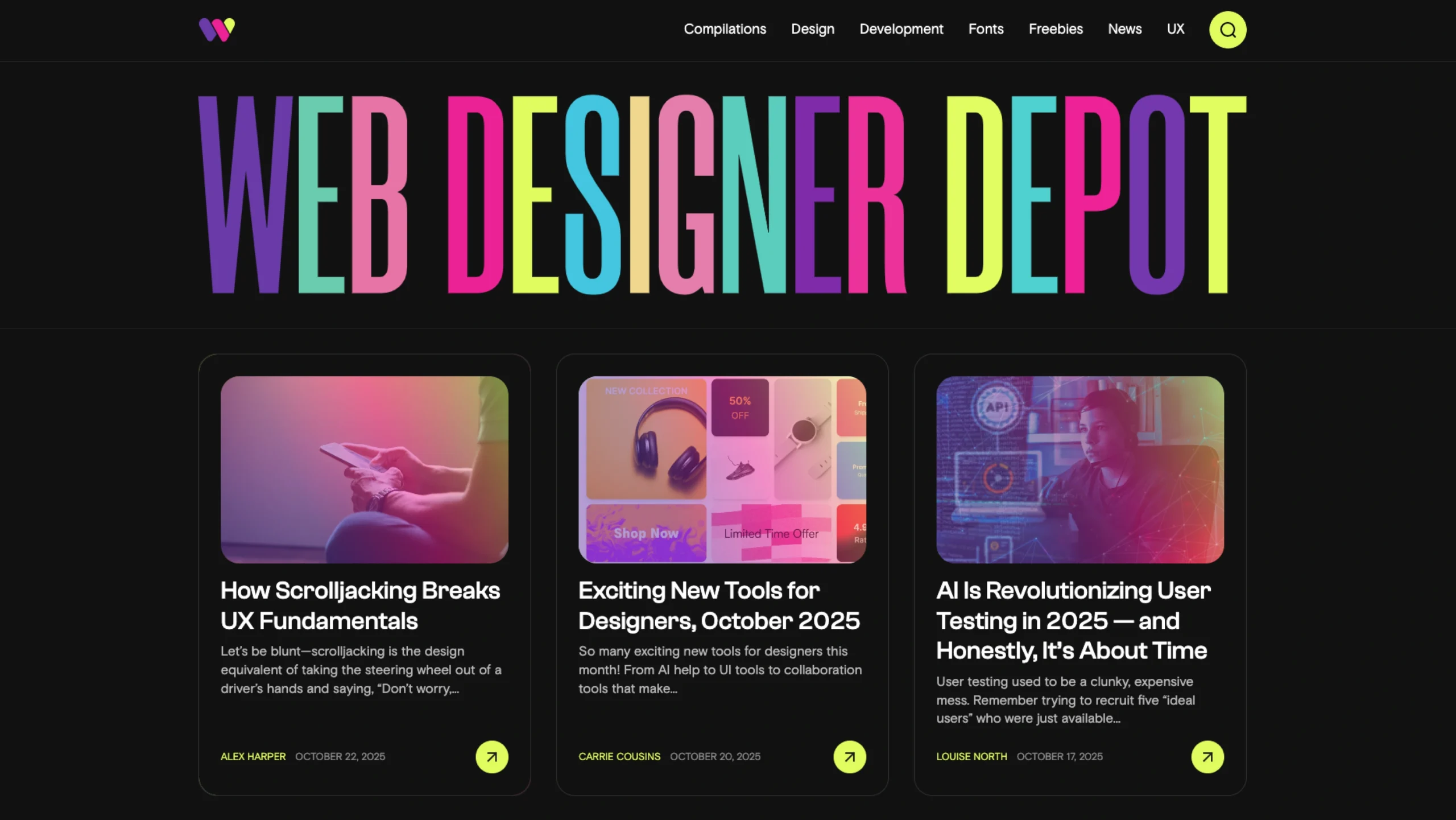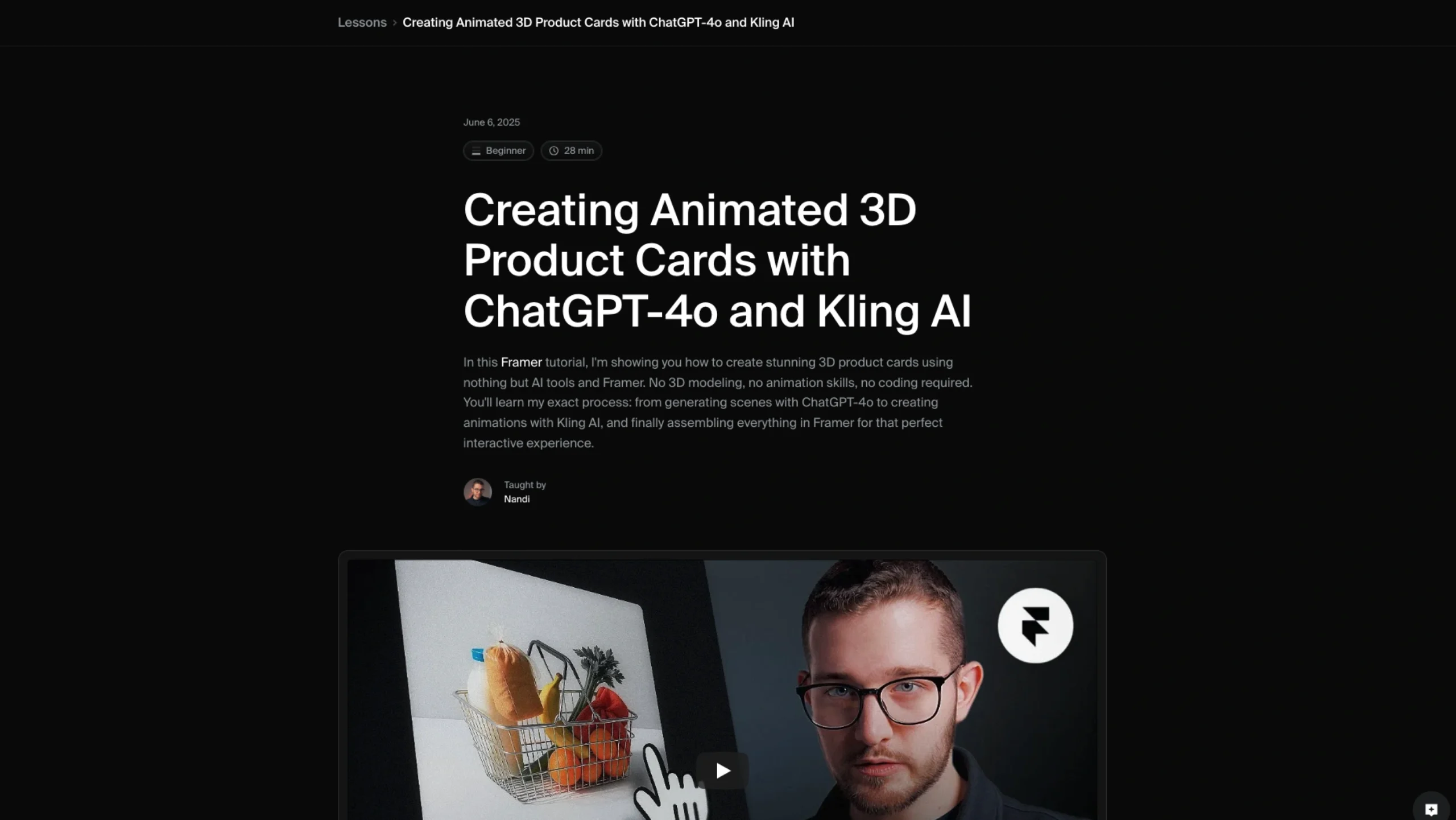Mobile technology has exploded, but instead of empowering people, many products now drain attention and exploit personal data.
Designers play a significant role in this shift — and it’s time they take responsibility for creating tech that genuinely supports the people it serves.
Designers in the Attention Economy: Why Our Responsibility Has Never Been Greater
We’re living in a time where mobile technology moves faster than we do. Every year, our devices get smarter, faster, and more deeply woven into the fabric of everyday life.
But with all this growth, something unexpected has happened: our time, focus, and mental space have quietly become the world’s most valuable currency.
Instead of being tools that genuinely empower us, much of today’s technology has become a system designed to pull us in rather than lift us. Apps compete for attention like it’s a survival game.
Products track our behavior because our data is more profitable than our satisfaction.
And all those subtle UI nudges—endless scroll, dopamine-driven notifications, “you’re almost there” progress loops—aren’t always about helping us.
More often, they’re about maximizing engagement at any cost.
This is the uncomfortable truth:
Technology isn’t neutral. It reflects the intentions behind its design.
And that brings us to an even more uncomfortable reality:
Designers play a significant role in shaping this world—whether we admit it or not.
We choose what people see, how often they see it, and how the interface responds when they hesitate, scroll, or click.
We decide the defaults, the friction points, the nudges, and the paths users follow. For better or worse, design choices directly influence human behavior.
That’s not a small responsibility.
That’s power.
When convenience starts costing us our humanity
We often celebrate the convenience mobile technology brings—instant information, seamless communication, and on-demand everything.
But hidden underneath is a system that’s slowly training people to give away their attention without noticing.
And because the business models behind many products depend on engagement, the pressure to optimize for addiction rather than well-being only grows stronger.
As a result:
- People spend hours on apps without remembering why they opened them.
- Kids grow up measuring their self-worth through likes and comments.
- Adults feel constantly behind, constantly distracted, constantly overloaded.
Somewhere along the way, “designing for the user” turned into “designing to keep the user hooked.”
Designers didn’t set out to create this world—but we’re helping sustain it
Let’s be honest: no designer wakes up saying, “Let me build something that makes people anxious and addicted.”
It happens gradually, through KPIs, stakeholder pressure, A/B test results, and features that quietly creep in.
But intention doesn’t erase impact.
When we design interfaces that exploit psychological vulnerabilities—FOMO triggers, infinite feeds, tricky opt-out patterns—people absorb those patterns in their daily lives.
Our choices ripple outward into society.
And if designers helped build this system, then designers can help reshape it.
It’s time to take responsibility—not in theory, but in practice
This isn’t a blame game. It’s a wake-up call.
Designers are uniquely positioned at the intersection of humans and technology.
We see the problems up close. We feel the friction between business goals and user well-being.
And we have the skills to create alternatives—interfaces that empower rather than extract, tools that support reflection rather than obsession.
Taking responsibility means:
- Questioning metrics that reward addiction over satisfaction.
- Challenging dark patterns, even when they “perform well.”
- Giving users control, clarity, and transparency.
- Prioritizing long-term trust over short-term clicks.
- Designing features that honor attention—not hijack it.
This isn’t idealism; it’s sound design.
If the products we create shape human behavior, then the ethics of design matter more than ever
We now operate in a world where a single interface change can influence millions of lives, where an algorithm tweak can impact mental health.
Where a UX flow can change how people shop, date, learn, vote, or feel about themselves.
That’s not just design.
That’s responsibility.
As mobile technology keeps evolving, the question isn’t just what we can build.
It’s what we should build—and how it will affect the humans on the other side of the screen.
Because at the end of the day, technology should amplify our abilities, not exploit our vulnerabilities.
And as designers, we’re the ones standing at the deciding point.
The future of humane, meaningful, ethical tech doesn’t come from algorithms.
It comes from us—the people designing the experiences billions rely on.





































